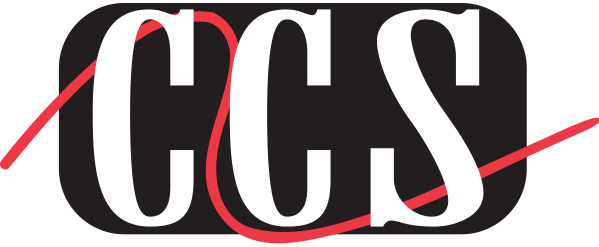If you recently purchased an inkjet printer, you probably noticed that the fluids and filters often require scanning of a proprietary RFID tag during the fill up process. Your initial reaction is likely something likes this, “These greedy b@*&%!s are forcing me to purchase their fluids!!”
Now, your reaction may not be totally wrong, but there are several very real benefits for you as a consumer when it comes to these tags.
Let’s imagine line operator, Sally, is new to the job. Production is behind and the line must keep running. Sally is asked to fill up Ink Jet “ABC” because it is showing “low” on makeup/additive. Sally heads to the ink cabinet and grabs the first bottle she sees — a cylindrical bottle with clear fluid. She opens the cap to the reservoir and fills the tank. Ten minutes later QA yells that there is no longer a code on your product. The line has been shut down to determine the problem. Inkjet “ABC” now looks like a Christmas tree due to all of the errors being displayed.
Frantic, you reach out to your inkjet rep and they tell you that the soonest they can be at your facility is hours from now. Production has now slowing to a halt. The inkjet tech arrives and notices a citrusy smell. He opens the cap to the makeup tank and realizes makeup was not added after all. Instead, Sally had filled the unit with cleaner for an entirely different technology. Your Inkjet rep tells you the machine must go back to their shop where it must be flushed, filters and every ink line must be replaced.
This mistake halts production for an entire day and the repair costs upwards of $4,000 (pennies compared to what it cost your organization in not being able to run production for an entire day).
Now, let’s review how an RFID tag required inkjet could have prevented this from happening. There are two commonly used RFID tags in the market when it comes to inkjet fluids. I like to call the first, burner tags. Burner tags contain information such as ink type and expiration dates. At fill up you scan the tag, it verifies the information matches your machine and the fluid is emptied into the respective reservoir. The tag is now burned or done. The second tags are read and write. These tags are located on cartridge based bottles that double as your ink and makeup reservoir. Your printer reads the tag, verifies the information and sends data back to the tag showing how much fluid is left in your cartridge.
If Sally was instructed to scan an RFID tag, she would never have filled the tank with the wrong bottle of fluid. The wrong bottle would likely not have an RFID tag and even if it did, she would scan the tag and the printer would inform her that this is the wrong fluid. As far as the cartridge based system goes, let’s assume Sally grabbed a similar bottle with an RFID tag, inserted it into the machine but contained incorrect fluid. Your printer would not even attempt to draw this fluid in.
The more you know, the more efficient you are. The more efficient you are, the less downtime you’ll encounter.
Our CCS technicians are filled with this tedious information because we know the smallest error can halt a production line. We’re always interested in answering your questions, no matter how small, because we don’t want you to end up like Sally.
If you have any questions or need more information about Chicago Coding Systems, call us at (630) 377-4664 or navigate through our website to see the services that we offer.

